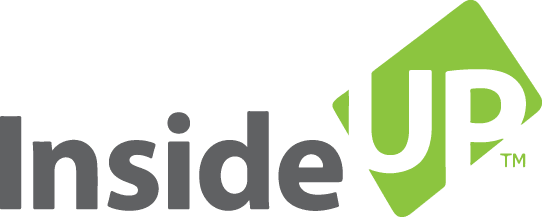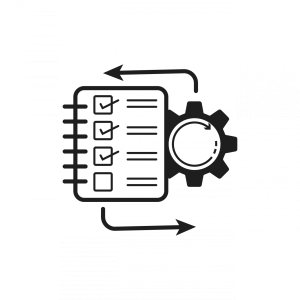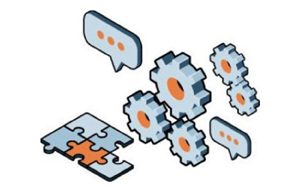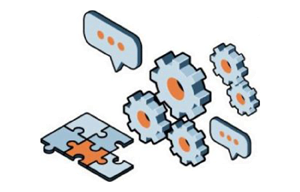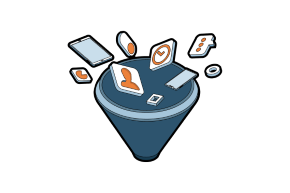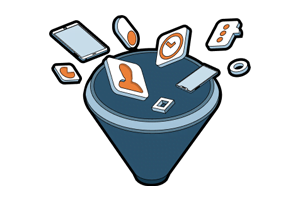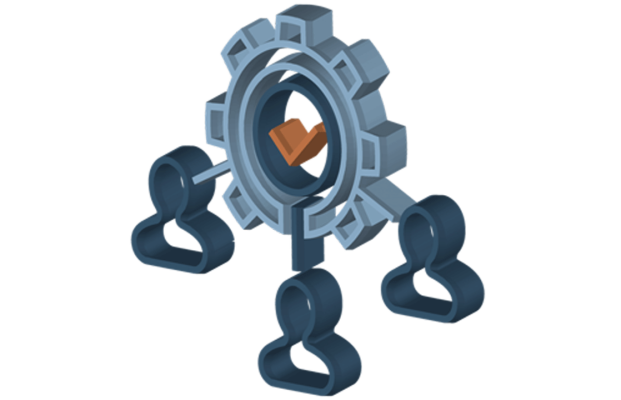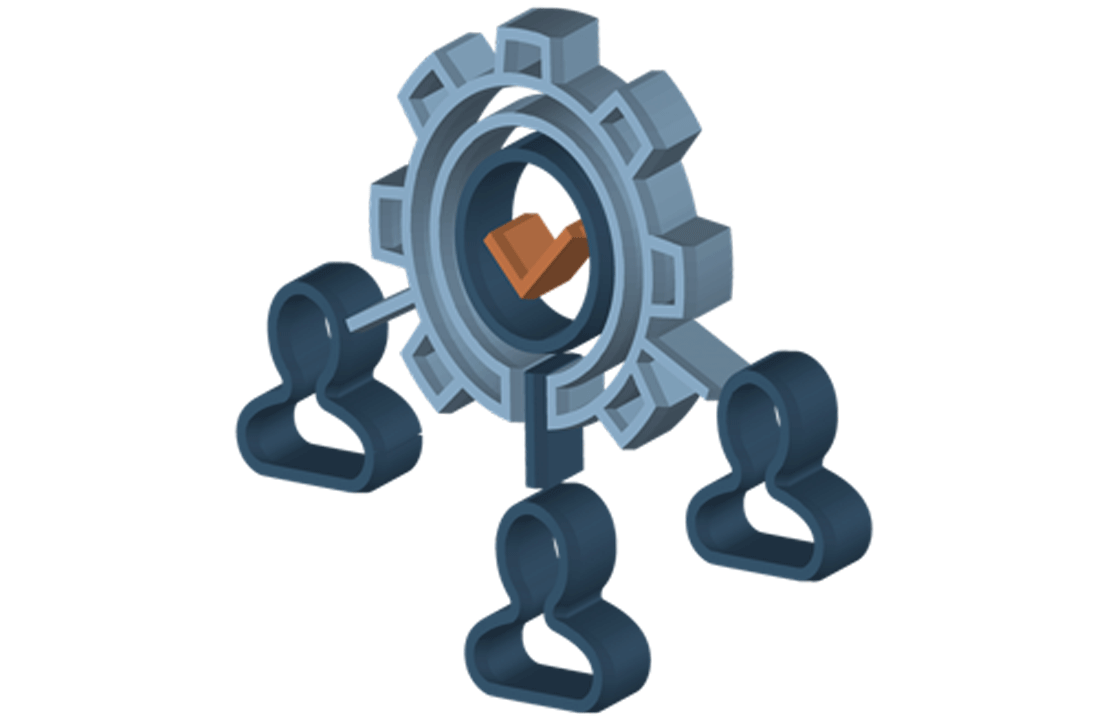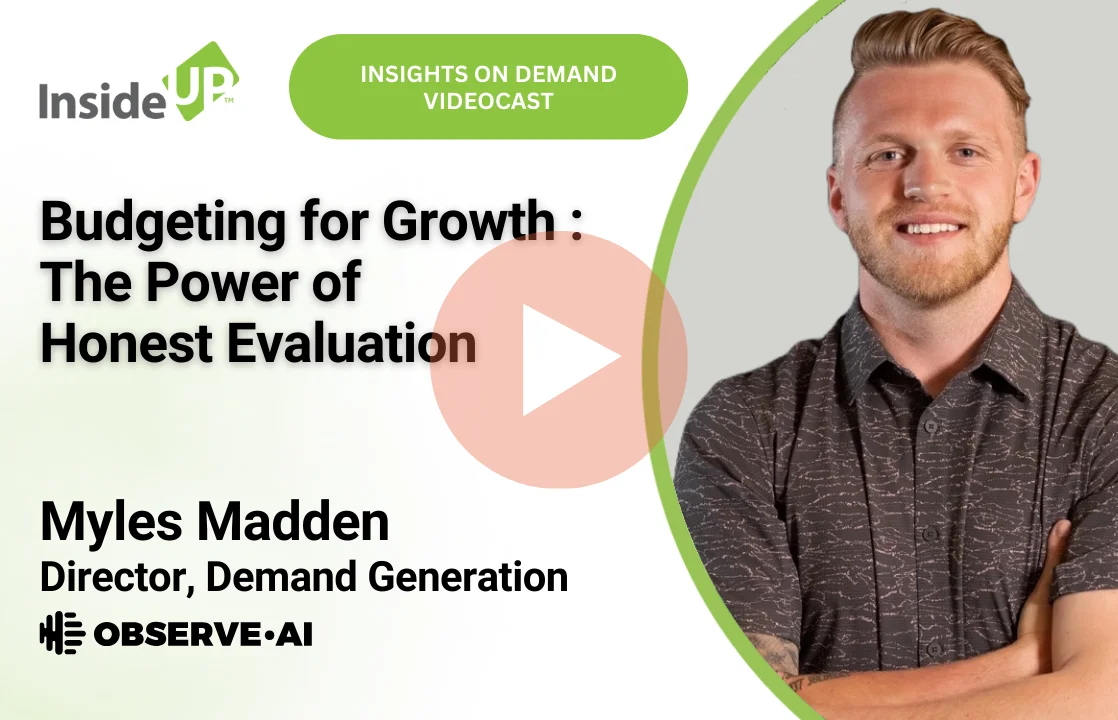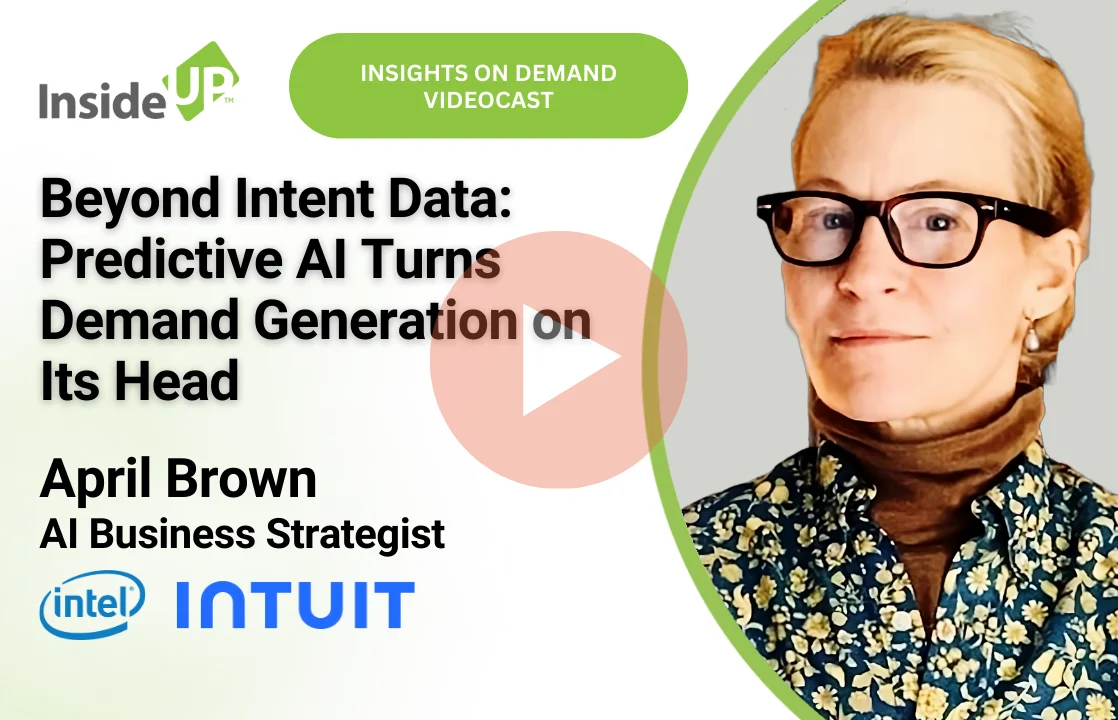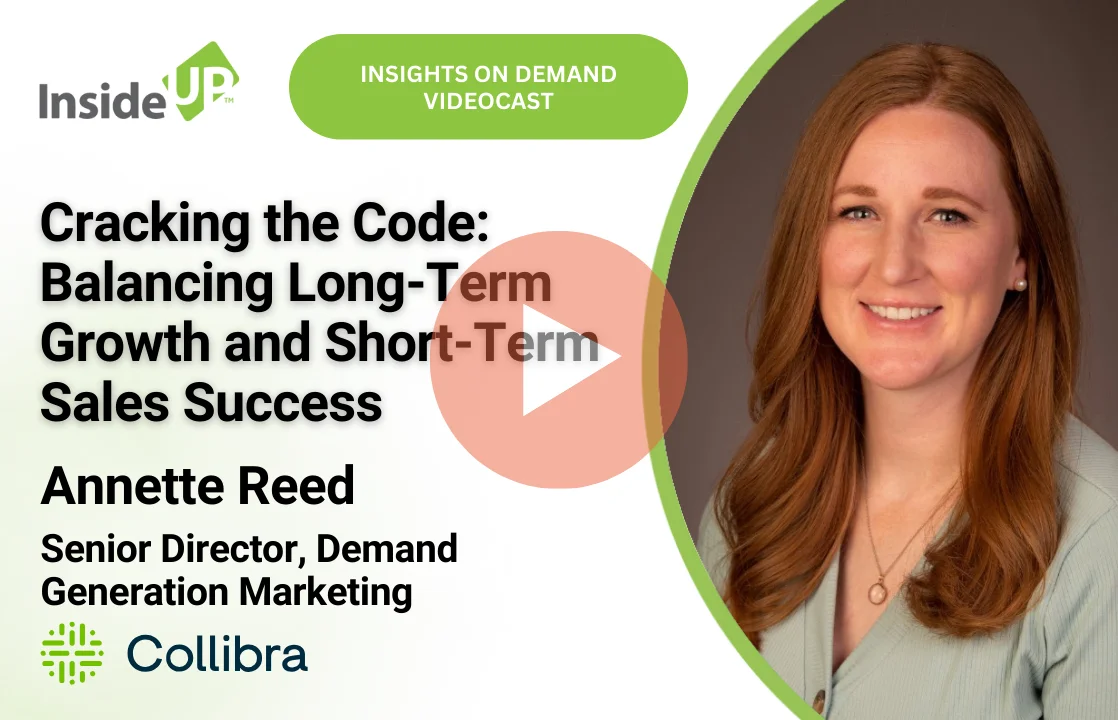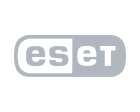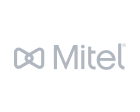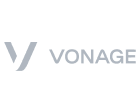
In today’s very competitive environment, cloud technology companies are striving to drive revenue growth from a shrinking number of “in-market” buyers. Studies show that only a small percentage (typically 5%) of the total pool of buyers available to brands are showing “intent” by readily seeking out digital transformation opportunities for their companies and “raising their hands” through online research behaviors that includes engagement with digital ads and educational content. But what about the other 95% of your total addressable market that is not currently showing intent? How are you addressing the huge potential of introducing the concept behind your solution and how it might address existing problems in your identified target market? Much of today’s discussion on improving efficiency in marketing involves purchasing ongoing streams of non-exclusive “intent data”. But isn’t that analogous to oil companies encouraging more road trips in your family car because they want to sell more gas?
In this blog, we present the reasons why marketers should enhance their demand generation strategy with a plan to reach out-of-market buyers all while meeting return on spending goals.
Conventional Wisdom Brings Conventional Results
Conventional thought within the marketing community says that demand capture should be focused on in-market buyers while generic brand awareness campaigns are used to get your name in front of out-of-market buyers. Demand generation is rarely activated in what is considered the “dark funnel” because it’s too expensive to pay for mass media impressions knowing that at least 50% of the spend will be wasted on non-targets. Typically, resource-constrained SaaS vendors rely on content-heavy campaigns distributed using online channels to “create a buzz” but are hesitant about launching formal demand generation campaigns outside of a defined sphere of in-market buyers.
The other trend that has reduced the attention paid to out-of-market buyers is the rise of Account-based Marketing (ABM) where all the marketing muscle is put into engaging with a limited set of selected accounts, and essentially forgetting the rest. This approach has become viable with the advent of sophisticated (and expensive) ABM platforms that can monitor IP addresses on company websites, sequence outreach, and slice and dice email copy and assets to “predict” what content will resonate best with a particular contact at an account. If your sales cycle goes through a buying committee, then these kinds of solutions may help you bring your strongest weapons to a competitive battle, but those are not the only buyers out there for your solution.
Why Focus on Both?
While in-market buyers have immediate purchase intent, the majority of potential customers lie outside this sphere. By tapping into the out-of-market segment, cloud technology companies can significantly expand their reach and the size of their Serviceable Available Market (SAM), a subset of their TAM (see Figure #1) that recognizes limits due to specialization or geography.
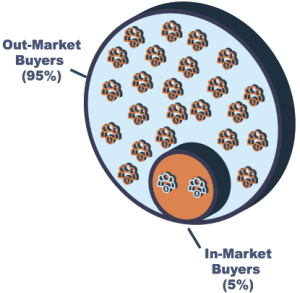
Figure #1: In-market buyers make up no more than 5% of your Serviceable Available Market.
Also, formally engaging with out-of-market buyers involves educating them about the challenges they might not even be aware of and getting them comfortable with the idea that a cloud-based solution is a viable option. Many out-of-market buyers might be still predominantly using on-premise or legacy solutions instead of a cloud-based solution to currently get things done from a business management perspective. This presents an opportunity for cloud technology companies to position themselves as thought leaders in their industry.
Strategies for Effective Dual-Focus Marketing
Content Marketing: Create a robust content strategy that caters to both in-market and out-of-market buyers. Develop content that acknowledges current ways of “getting the job done” so out-of-market buyers recognize their situation and why they may need to consider your solution. Simultaneously, offer value to in-market buyers by showcasing your product’s strengths against competitive offerings (which you know in-market buyers are also considering). Make it easy for in-market buyers to choose the right vendor and make it easy for out-of-market buyers to resist living any longer in the status quo.
Educational Webinars and Workshops: Hosting webinars and workshops on industry-specific topics can help you establish authority and engage with both segments. Address the decision criteria faced by in-market buyers while introducing broader cloud-based solution concepts to out-of-market buyers.
Segmented Marketing Campaigns: Tailor your marketing campaigns to different stages of the buyer’s journey. For in-market buyers, you know they want to see product comparisons, objective third-party reports and user reviews so give them easy access to those resources. For out-of-market buyers, define target demographics and firmographics, craft messaging that resonates with each group, and identify the most effective channels for engagement. Since internal detractors may characterize a plan to warm up out-of-market suspects (who might be interested in your solution) as “boiling the ocean”, consider using a performance-based marketing agency to do this hard work (while minimizing your risk). Concentrate on distributing educational content to this audience that highlights industry trends and challenges in cloud-based solutions.
Lead Nurturing Methodology: Implement lead nurturing workflows that consider the differing needs of in-market and out-of-market buyers. For in-market buyers, flesh out the set of influencers who will determine the winning vendor and make sure all those players are given what they need in the way of relevant content, case studies, and testimonials to expedite the decision-making process (because it’s a pain for them to drag out an evaluation). For out-of-market buyers, the services of an external demand generation agency can nurture targeted contacts over time through automated workflows that deliver relevant content at various stages in their awareness journey from problem acknowledgement to solution consideration.
Predictive AI: The advantages of machine-learning algorithms (M/L) that operationalize the techniques of look-alike modeling and the review of historical, omni-channel engagement data will bring the promise of AI to the targeting of out-of-market buyers. This capability greatly improves the accuracy of previous outbound campaigns that relied solely on rule-based predictive analytics.
Conclusion
In the competitive world of cloud-based solutions, achieving revenue goals requires a multifaceted approach that goes beyond focusing solely on in-market buyers. While in-market buyers offer a faster sales cycle, the untapped potential of out-of-market buyers is immense. By adopting a dual-focus strategy that combines efforts to engage both segments, cloud-based companies can build a robust foundation for sustainable growth, brand recognition, and long-term success. Establishing a collaboration between your company and a demand generation services provider such as InsideUp forms a powerful synergy that can bridge the gap between in-market leads and out-of-market opportunities. By meticulously crafting strategies, content, and outreach efforts, cloud-based companies can seamlessly complement their immediate efforts to convert in-market leads with the potential-rich out-of-market leads. Remember, it’s not just about capturing immediate demand; it’s about creating demand where it might not have existed before.
